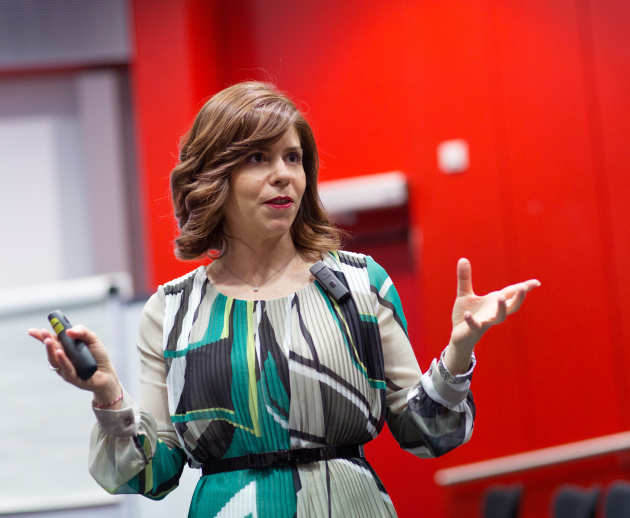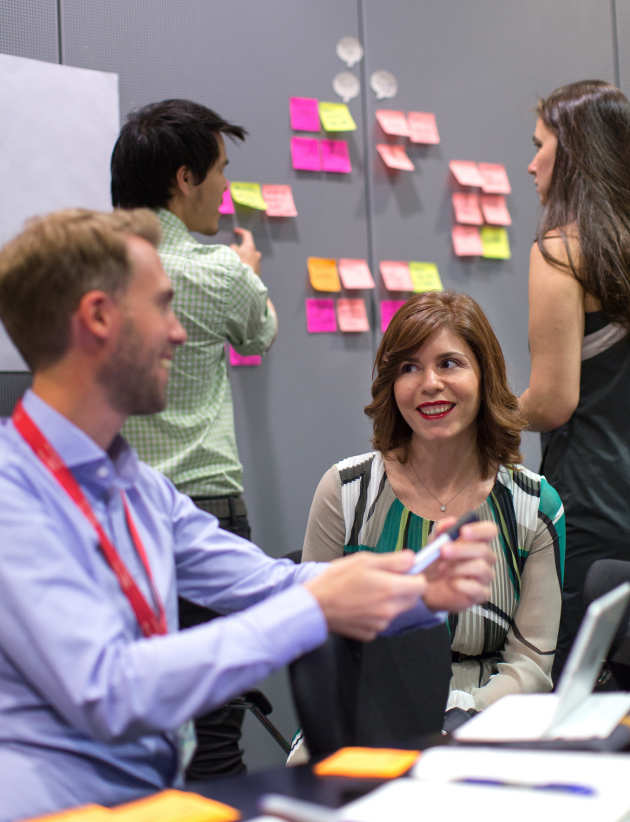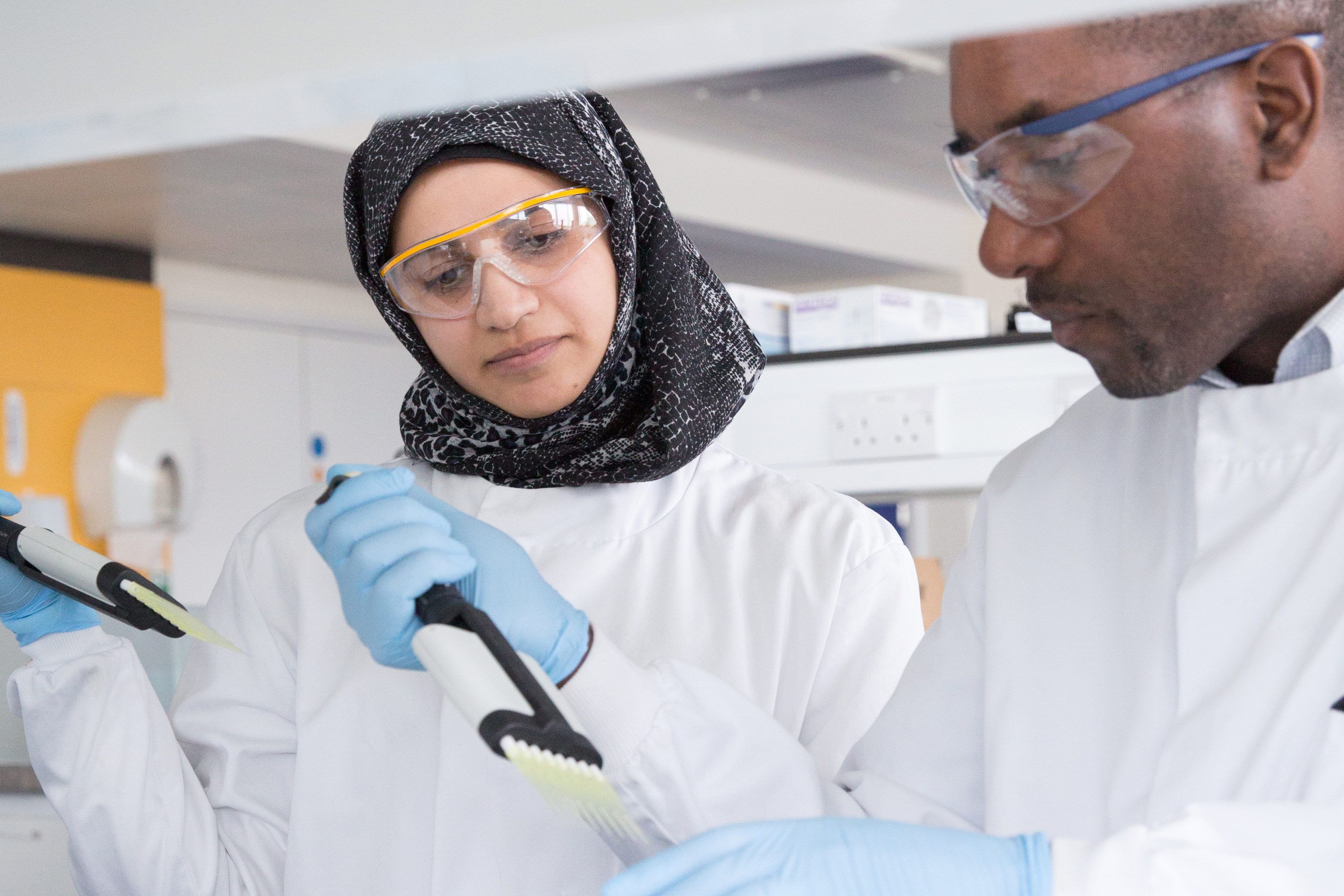 “I teach managers, aspiring managers and entrepreneurs to solve business issues and find entrepreneurial opportunities by applying the design process,” says Dr Ileana Stigliani, Assistant Professor of Design and Innovation at Imperial College Business School. “This is called ‘design thinking’ and it’s a way to problem-solve that is more empathetic and innovative.”
“I teach managers, aspiring managers and entrepreneurs to solve business issues and find entrepreneurial opportunities by applying the design process,” says Dr Ileana Stigliani, Assistant Professor of Design and Innovation at Imperial College Business School. “This is called ‘design thinking’ and it’s a way to problem-solve that is more empathetic and innovative.”
Design techniques – researching a problem, coming up with ideas, prototyping and testing – are no longer used only for creating new objects. Now, they are employed to create successful customer-focused solutions by companies like Airbnb, Citi Bank and Barclays Bank.
But, they can also be applied to large and complex problems such as how we can cope with an aging population or adapt to climate change. Dr Stigliani continues: “It’s an approach that helps to solve what are called ‘wicked problems’ because they are complex, with lots of stakeholders involved, sometimes with little data, and often very ambiguous.
“Importantly it doesn’t assume that a solution already exists. It’s focused on identifying what the right problem is, before thinking of possible solutions of how to solve that problem.”
In her teaching, Dr Stigliani uses minimal lecturing to outline the main methodologies and the benefits they bring. She relies more on workshops where teams collaborate on a problem, often one they have chosen themselves. For example, students have looked at redefining the cycling experience for people in London and how loneliness in the elderly can be addressed.
They are discouraged from using traditional market research tools, such as online surveys, but encouraged to observe, engage and interview people: “I teach my students to start with empathising with the people who are experiencing the problem, the people who they are designing something for. It’s not about asking what they want but it’s going much deeper and identifying what determines their behaviours.
Student comment
“Personally her course had an enormous impact on my professional development. I started working for one of the largest pharmaceutical companies, an industry where patient-centric design is not a choice anymore, it is a must. Design thinking is allowing me to make remarkable changes in my work and in making an impact in my company.”
“Empathy is very important in today’s world and it will become the differentiator between human beings and machines as we move towards an era more dominated by artificial intelligence. You don’t teach empathy in a traditional way but you have students engage in activities and exercises aimed at stimulating empathy.
“Some people certainly find it more difficult than others, but then there’s always a realisation of how much you can learn just by putting yourself in someone else’s shoes.”
One group of students did just this when they met with elderly people attending a digital skills session at a local community centre. Using a design thinking approach, they discovered that a key roadblock was the difficulty of getting an internet account at home. So the solution was not necessarily just to offer lessons on how to use WhatsApp or Skype, it was also to make signing up for an internet service easier.
Following the discovery and synthesis phases, students go on to the design and implementation phases. This means they develop a possible solution that they can prototype and test, and then use feedback to make refinements.
“In their broader entrepreneurship journey, students have to create a start-up. If they want they can use the outcome of the design thinking module as the starting point and, in some cases, the projects have turned into businesses.” One group who have continued with their design thinking project are now working on a business called Coillection. It aims to solve the problem of improper disposal of kitchen oil and fat by connecting oil collectors with households.
 Practical work is complemented by guest speakers from industry, including Business School alumni Tom Gray from innovation consultancy Fahrenheit 212 and Anish Joshi, Head of Design and Innovation at Shell. “Students realise they can take this into a career, for example a couple of recent MBA graduates have set up a consulting company, combining design thinking and strategy called ‘Think Plan Thrive’, and they are doing amazing work.”
Practical work is complemented by guest speakers from industry, including Business School alumni Tom Gray from innovation consultancy Fahrenheit 212 and Anish Joshi, Head of Design and Innovation at Shell. “Students realise they can take this into a career, for example a couple of recent MBA graduates have set up a consulting company, combining design thinking and strategy called ‘Think Plan Thrive’, and they are doing amazing work.”
Assessment is on a final presentation as well as a project process journal, which explains how each student approached the challenge from beginning to end: “This is not simply a report, it includes self-reflections about what they could have done differently.” They are also judged on participation by their peers and by Dr Stigliani. “More than the outcome per se, I’m interested in commitment and engagement,” she says.
“I look at whether they really understood what design thinking is and if they applied the tools and methods competently and appropriately. But I also look at whether they were able to self-correct themselves, because this is an iterative process.”
Dr Stigliani concludes: “We’re in an era of innovation, so we need to innovate and disrupt. But there’s no innovation without experimentation, and experimentation sometimes comes with failure. The good thing about design thinking is that failure becomes a learning opportunity.”
Sign Up
If you are interested in receiving the Learning and Teaching Newsletter, please email ltstrategy@ic.ac.uk.
You can also view the issue archive online.

